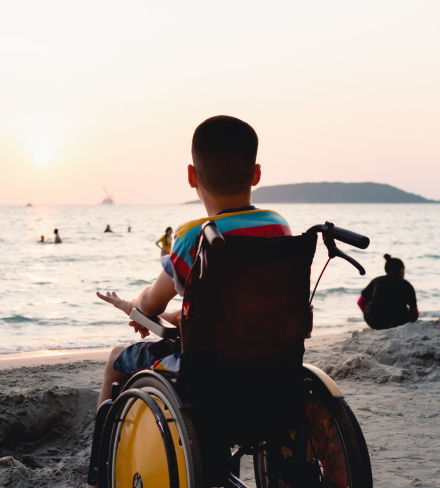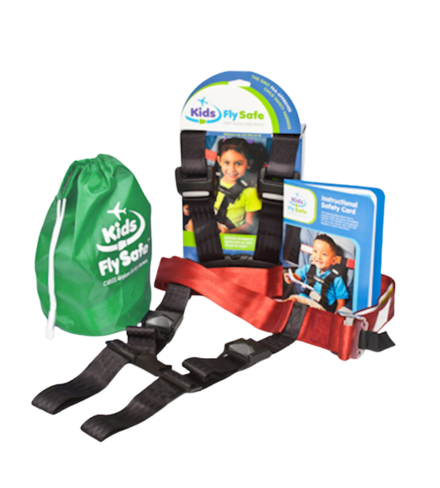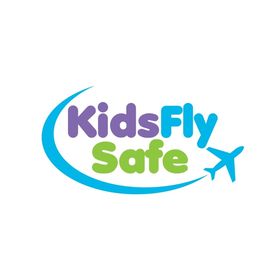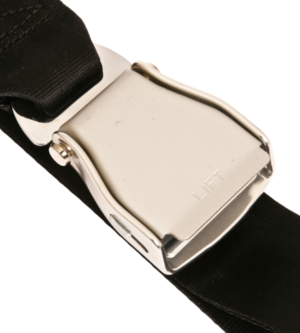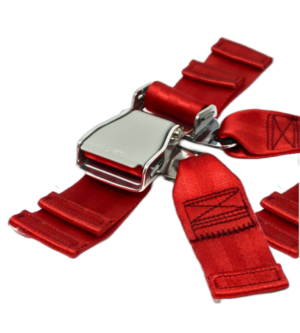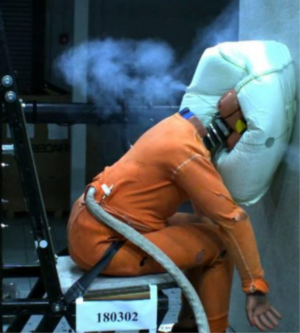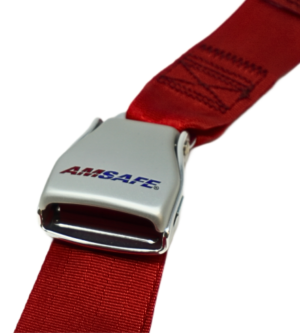FAQs for Special Needs Travelers
How Do I Make a Request for a FAA Exemption?
To make your request (which the FAA calls a “Petition for Exemption”), please follow the steps outlined below
- Use the template letter #1 “Request to Use CARES for Larger/Older Persons” below to create your petition in WORD (or other document).
- Complete the items printed in italics inserting the name of your child and other pertinent information where appropriate. Save the document when you are done.
- Go to: http://www.regulations.gov/ and enter “FAA-2007-0001-0001” into the “SEARCH for: Rules, Comments, Adjudications or Supporting documents:” and click “Search”.
- Click the “Comment Now!” button on the right side of the page.
- Fill out the information requested under #1 “ENTER INFORMATION” on the left side of the page.
- Go to #3 “UPLOAD FILES(s) (Optional)”. Click the “Choose File” button and upload the petition you created and saved.
- Click “Submit” (If you need further assistance, you may contact [email protected].)
What to expect when you request an FAA exemption
Expect to wait approximately 6-8 weeks for your letter to arrive. Although this is a fairly streamlined and fast process, each exemption is individually reviewed by a small team of technical analysts at the FAA. It takes time to give each request the individual attention it deserves. Please be patient, the nice people at the FAA want to ensure your traveler is as safe and comfortable as you do. But every request can’t be rushed through in time for that trip next week!
Exemption Letter Templates
What if My Letter Doesn’t Arrive in Time for my Trip?
Relax! The good news is that you can still use your CARES restraint for most of the flight. Without your exemption letter, you will not be allowed to use it during ground movement, take-off, or landing, but you CAN use it during the rest of the flight.
My Exemption Expired, How Do I Request an Extension for a Previously Granted FAA Exemption?
When the FAA issues someone an exemption to a regulation, the grant of exemption always includes a termination date. Most of the grants of exemption to allow someone with a disability (who exceeds the height or weight limits) to use CARES have a termination date that is five years from the date the exemption was granted. Three or four months before the exemption terminates, the FAA will send the person who requested the exemption a postcard to remind them that if they wish to extend the exemption (usually for another five years), they must submit a request to the FAA via www.regulations.gov. To submit a request for an extension of a previously granted exemption please follow the steps outlined below:
- Use the template letter #2 “Request for an Extension of a Previously Granted Exemption to use CARES for Larger/Older Persons” below to create your petition in WORD (or other document).
- Complete the items printed in italics inserting the name of your child and other pertinent information where appropriate. Save the document when you are done.
- Go to www.regulations.gov and enter the Docket Number that is on your original exemption (and will also be on the postcard that the FAA sends to you) into the “SEARCH for: Rules, Comments, Adjudications or Supporting documents:” and click “Search”.
- Click the “Comment Now!” button on the right side of the page.
- Fill out the information requested under #1 “ENTER INFORMATION” on the left side of the page.
- Go to #3 “UPLOAD FILES(s) (Optional)”. Click the “Choose File” button and upload the request for an extension you created and saved.
- Click “Submit”
Actual FAA Government Document for Your Information
(b) Except as provided in this paragraph, each person on board an airplane operated under this part shall occupy an approved seat or berth with a separate safety belt properly secured about him or her during movement on the surface, takeoff, and landing. A safety belt provided for the occupant of a seat may not be used by more than one person who has reached his or her second birthday. Notwithstanding the preceding requirements, a child may:
(1) Be held by an adult who is occupying an approved seat or berth, provided the child has not reached his or her second birthday and the child does not occupy or use any restraining device; or
(2) Notwithstanding any other requirement of this chapter, occupy an approved child restraint system furnished by the certificate holder or one of the persons described in paragraph (b)(2)(i) of this section, provided:
(i) The child is accompanied by a parent, guardian, or attendant designated by the child’s parent or guardian to attend to the safety of the child during the flight;
(ii) Except as provided in paragraph (b)(2)(ii)(D) of this section, the approved child restraint system bears one or more labels as follows:
(A) Seats manufactured to U.S. standards between January 1, 1981, and February 25, 1985, must bear the label: “This child restraint system conforms to all applicable Federal motor vehicle safety standards.”
(B) Seats manufactured to U.S. standards on or after February 26, 1985, must bear two labels:
(1) “This child restraint system conforms to all applicable Federal motor vehicle safety standards”; and
(2) “THIS RESTRAINT IS CERTIFIED FOR USE IN MOTOR VEHICLES AND AIRCRAFT” in red lettering;
(C) Seats that do not qualify under paragraphs (B)(2)(ii)(A) and (b)(2)(ii)(B) of this section must bear a label or markings showing:
(1) That the seat was approved by a foreign government;
(2) That the seat was manufactured under the standards of the United Nations; or
(3) That the seat or child restraint device furnished by the certificate holder was approved by the FAA through Type Certificate or Supplemental Type Certificate.
(4) That the seat or child restraint device furnished by the certificate holder, or one of the persons described in paragraph (b) (2) (i) of this section, was approved by the FAA in accordance with §21.305(d) or Technical Standard Order C–100b, or a later version.
(D) Except as provided in §121.311(b)(2)(ii)(C)( 3 ) and §121.311(b)(2)(ii)(C)( 4 ), booster-type child restraint systems (as defined in Federal Motor Vehicle Safety Standard No. 213 (49 CFR 571.213)), vest- and harness-type child restraint systems, and lap held child restraints are not approved for use in aircraft; and
(iii) The certificate holder complies with the following requirements:
(A) The restraint system must be properly secured to an approved forward-facing seat or berth;
(B) The child must be properly secured in the restraint system and must not exceed the specified weight limit for the restraint system; and
(C) The restraint system must bear the appropriate label(s).


